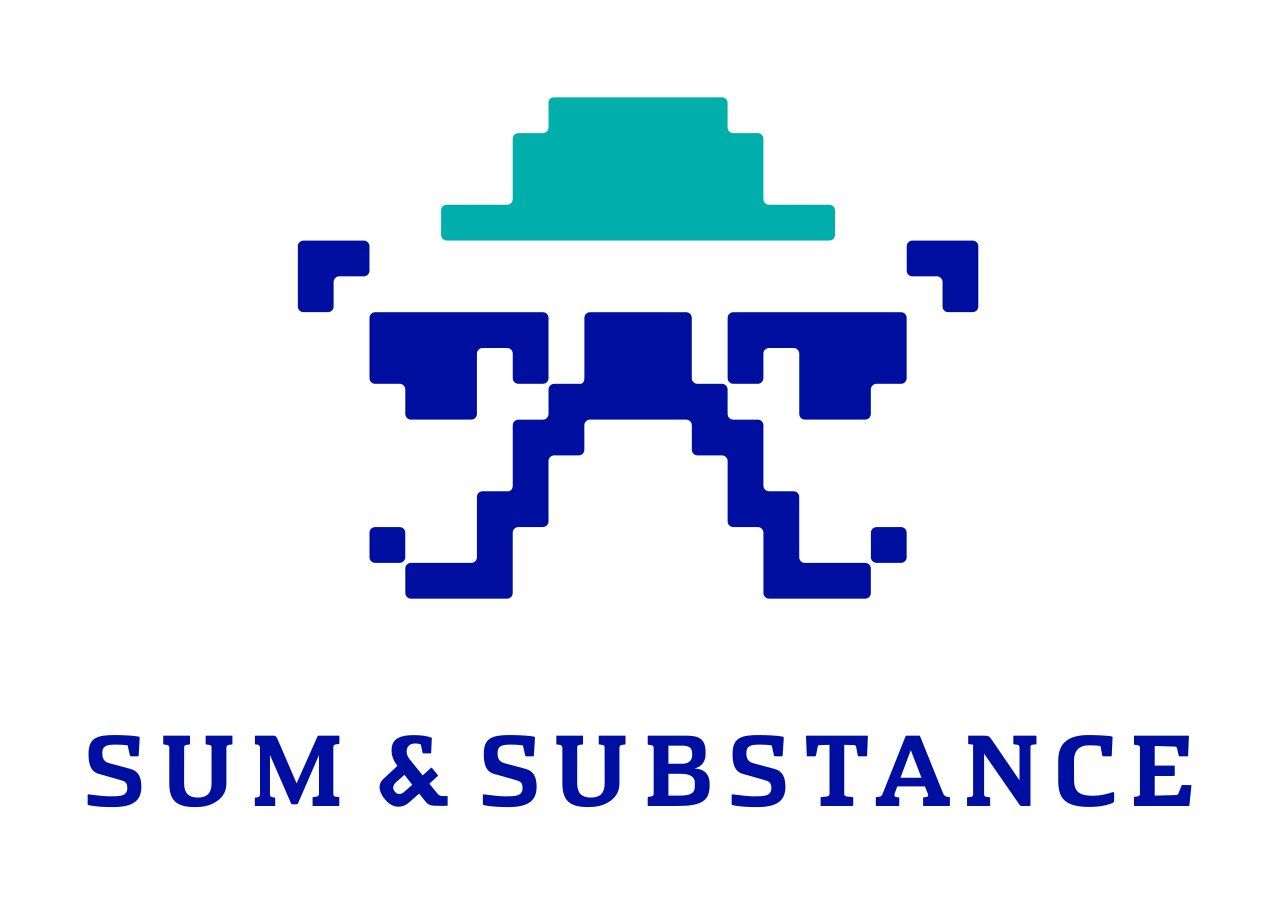201 reads
Hacking Facial Recognition: How To Protect Your Company Agaist It
by
October 1st, 2021

Co-founder & CPO at Sumsub. An expert in ID verification, anti-fraud trends and regulatory compliance.
About Author
Co-founder & CPO at Sumsub. An expert in ID verification, anti-fraud trends and regulatory compliance.